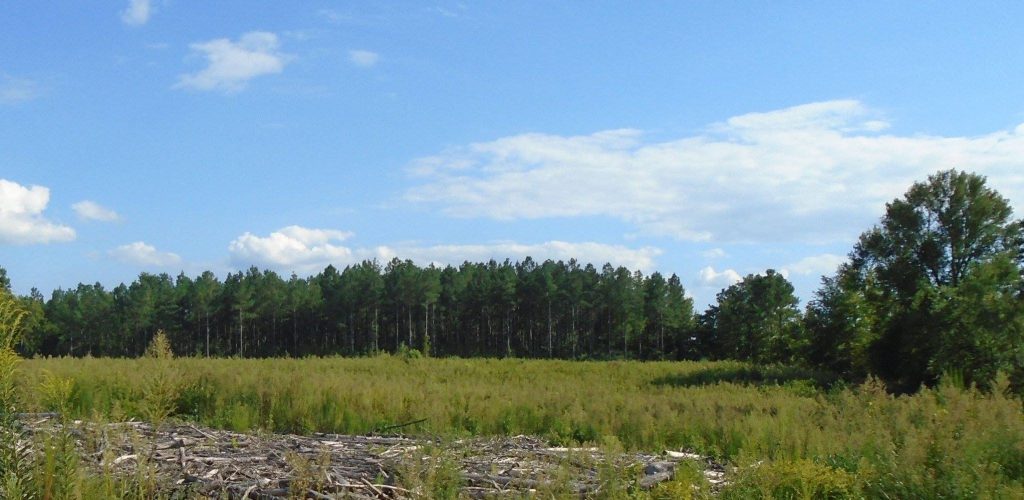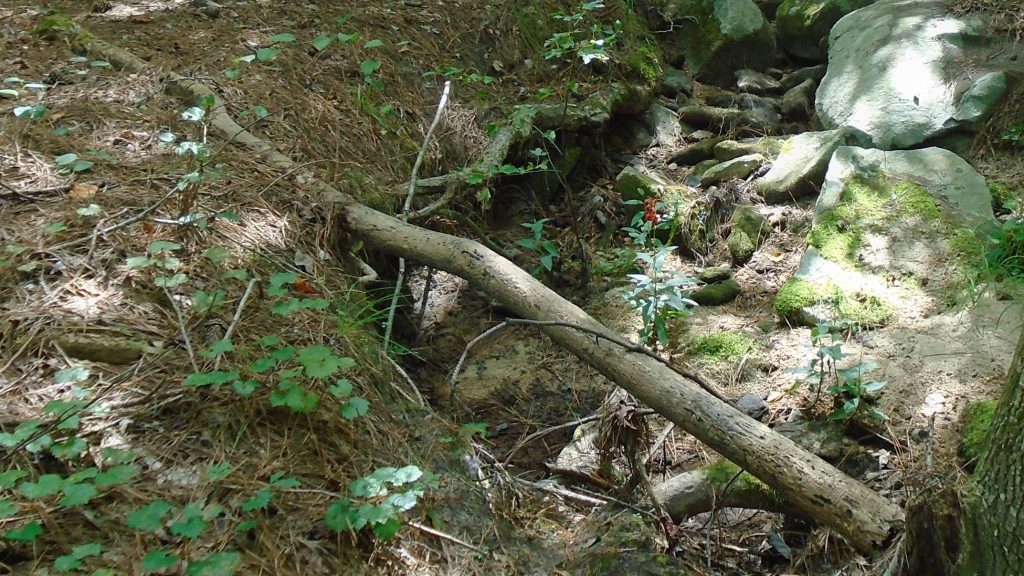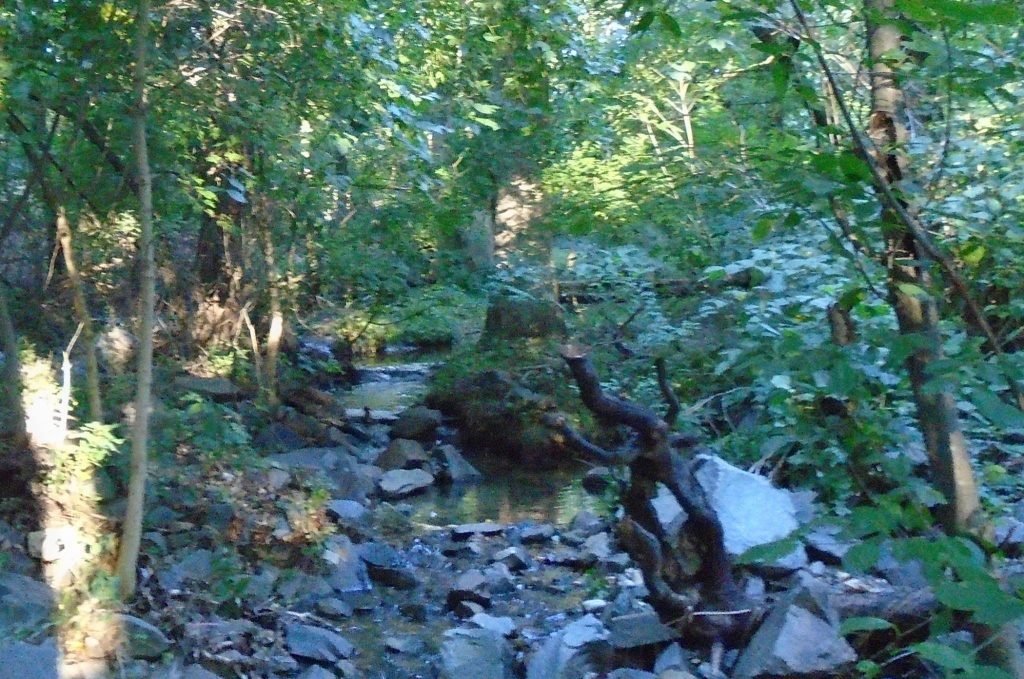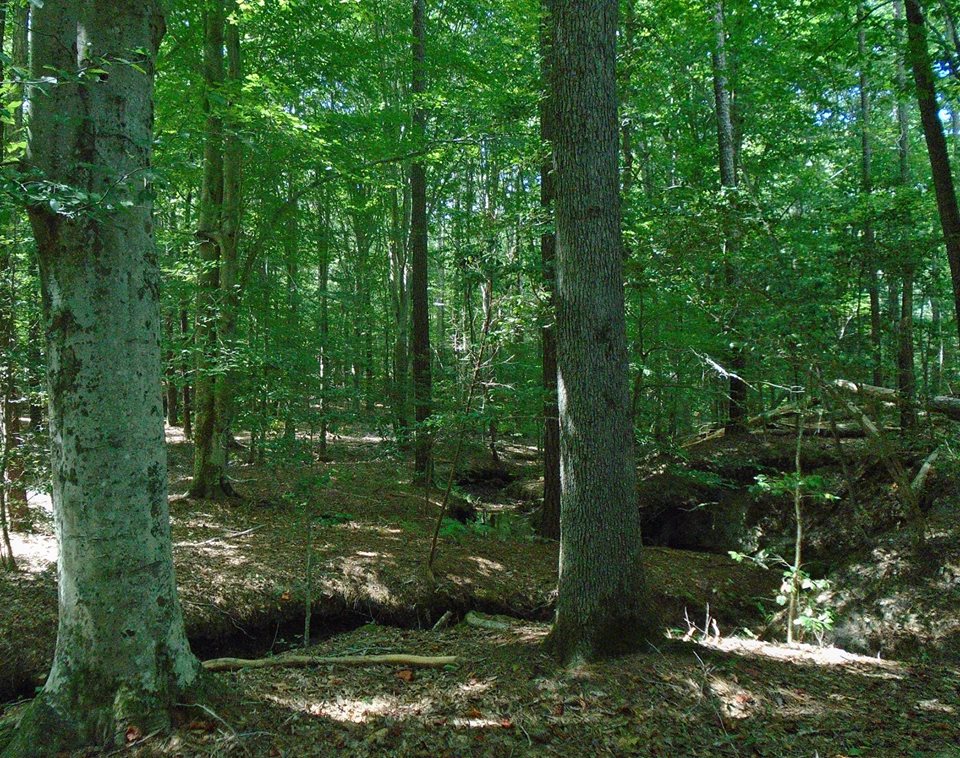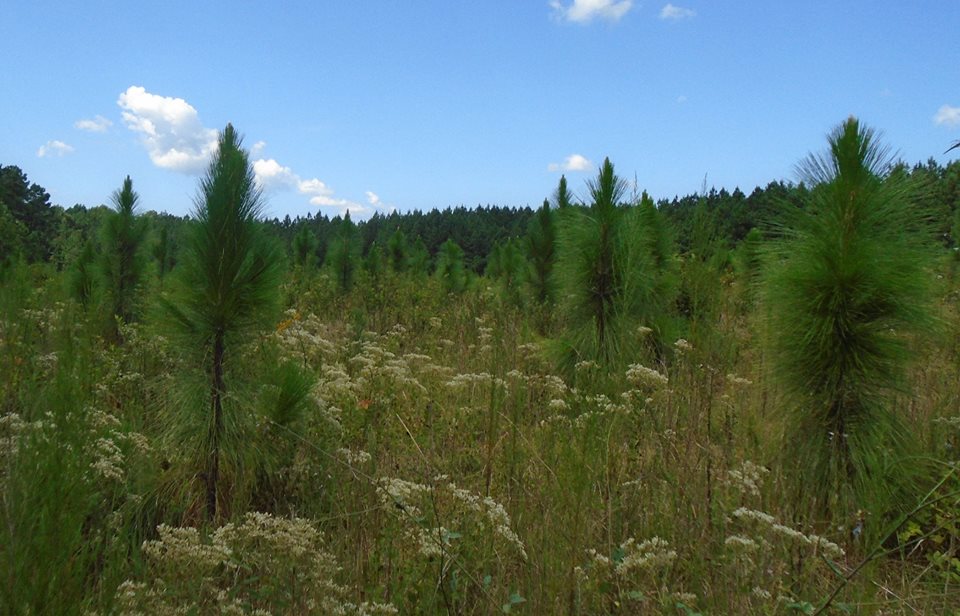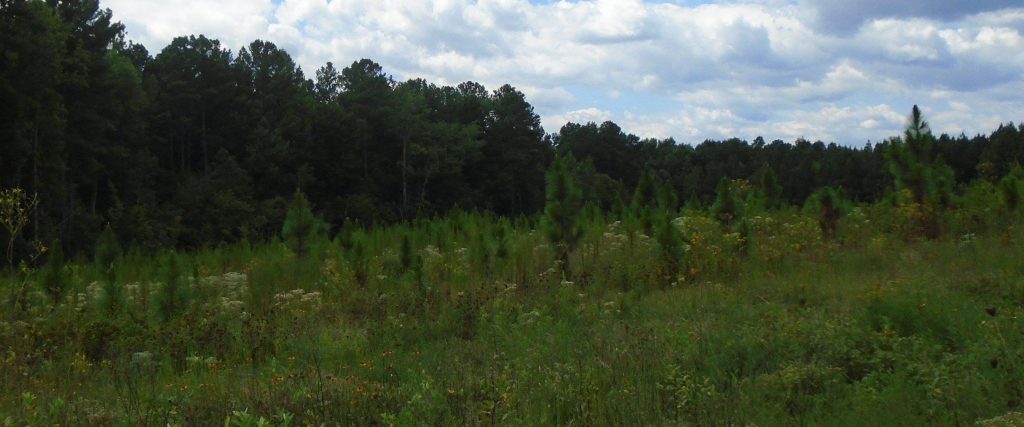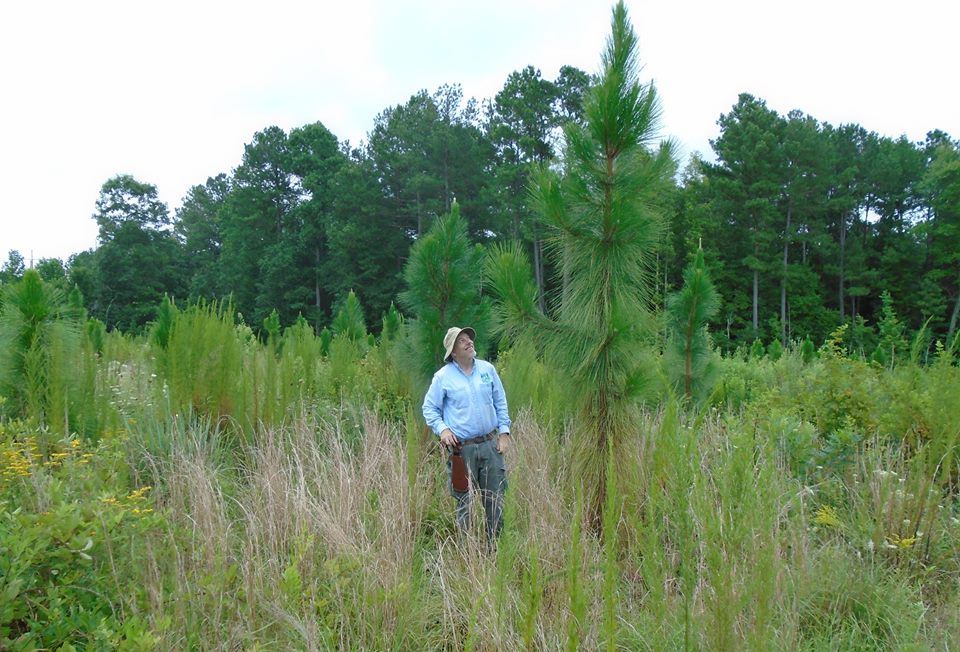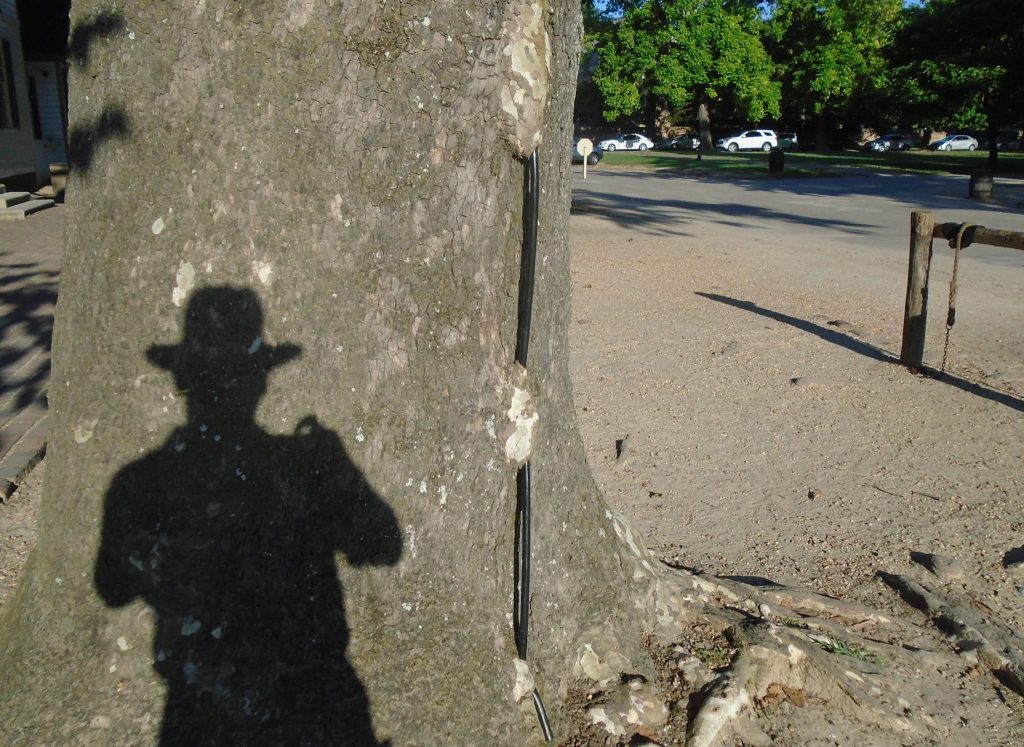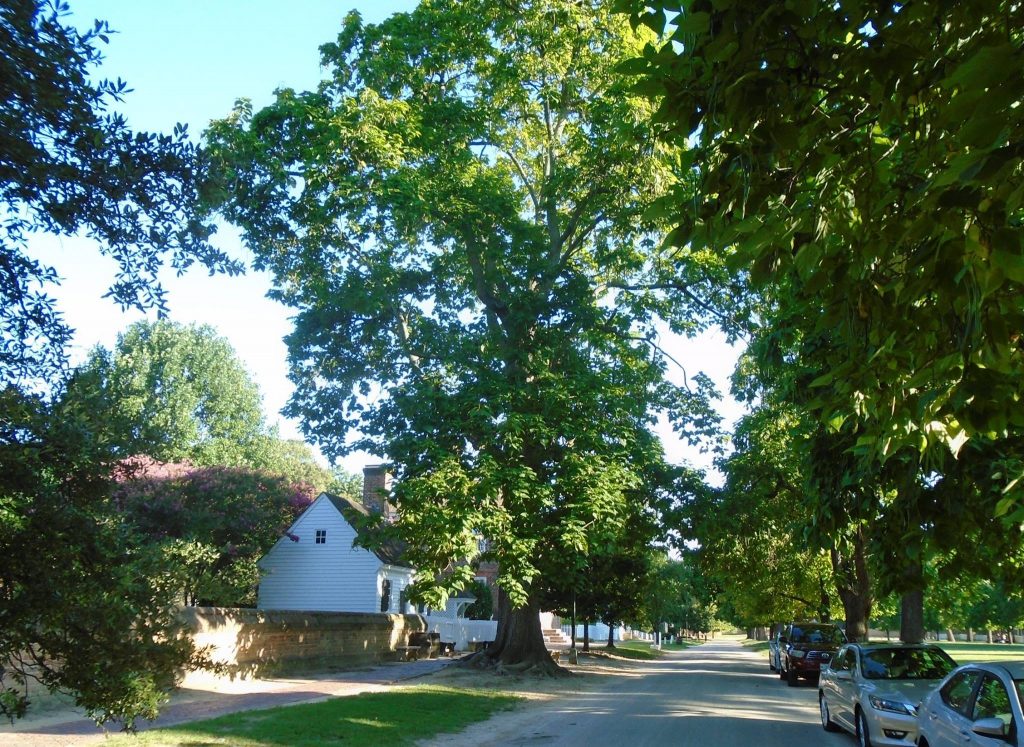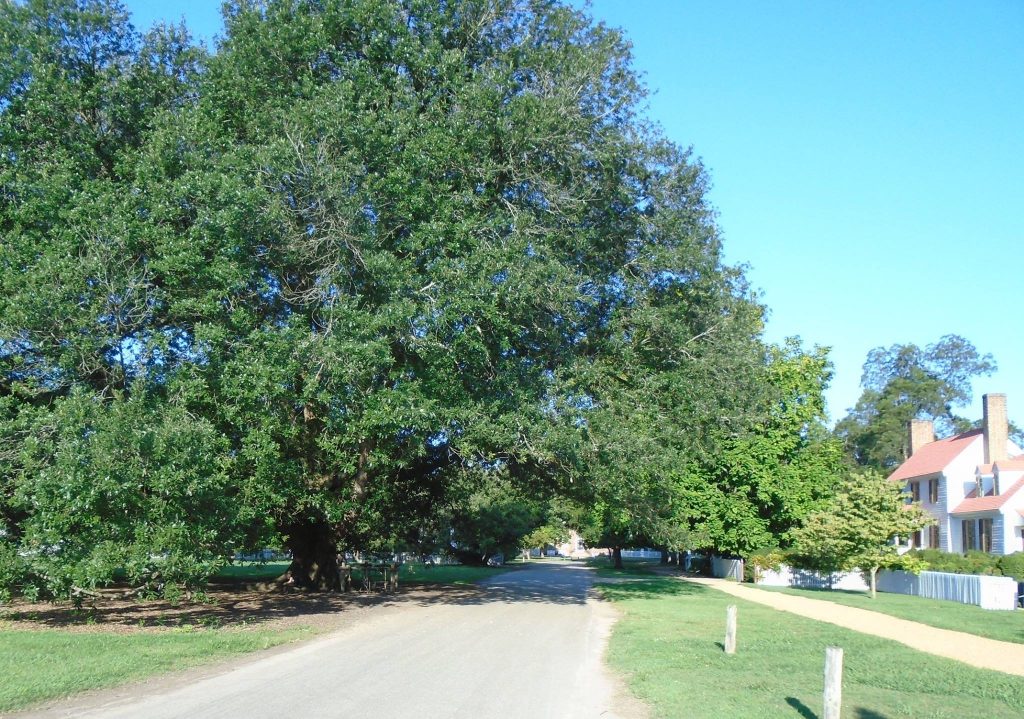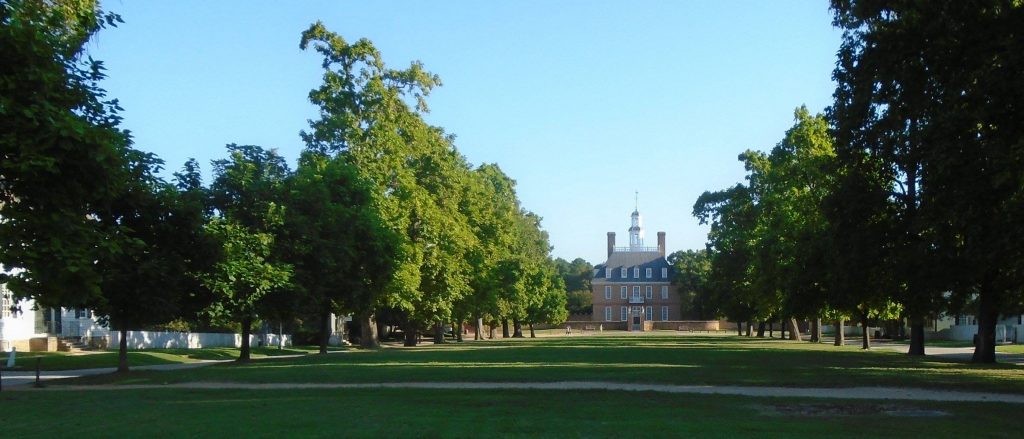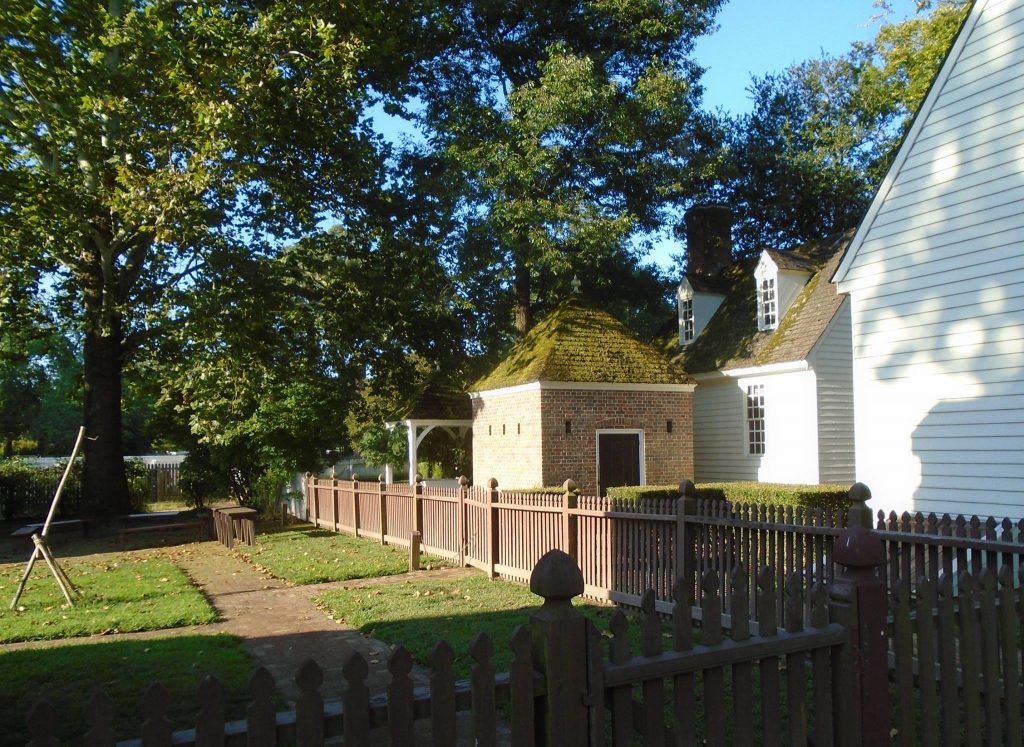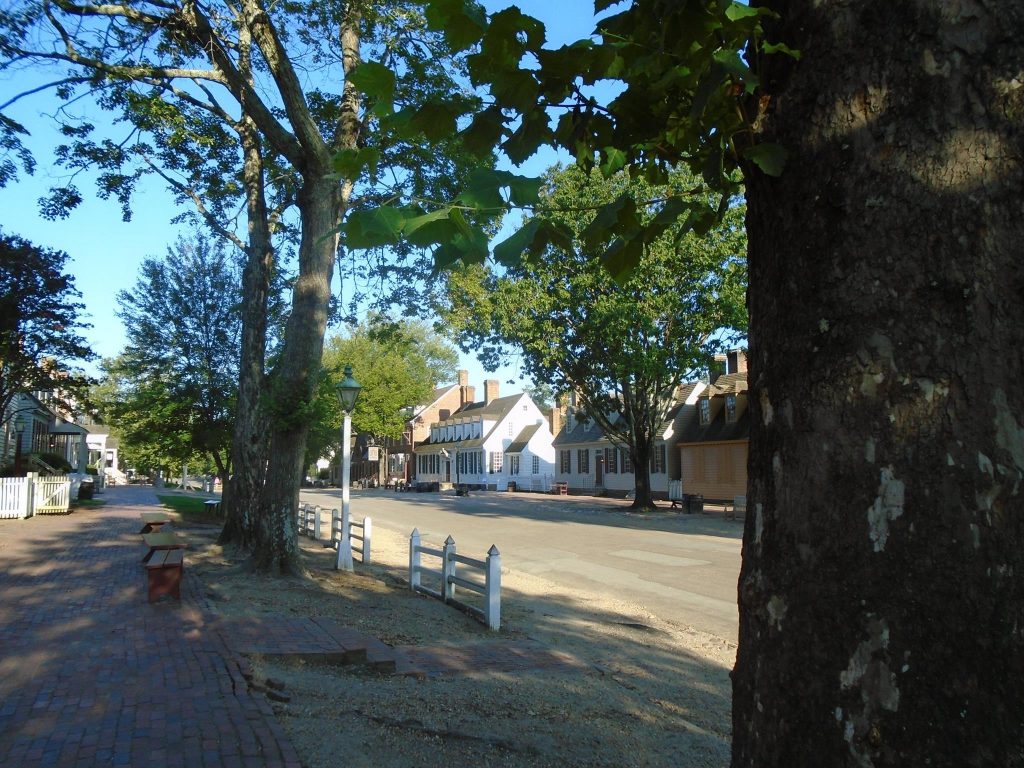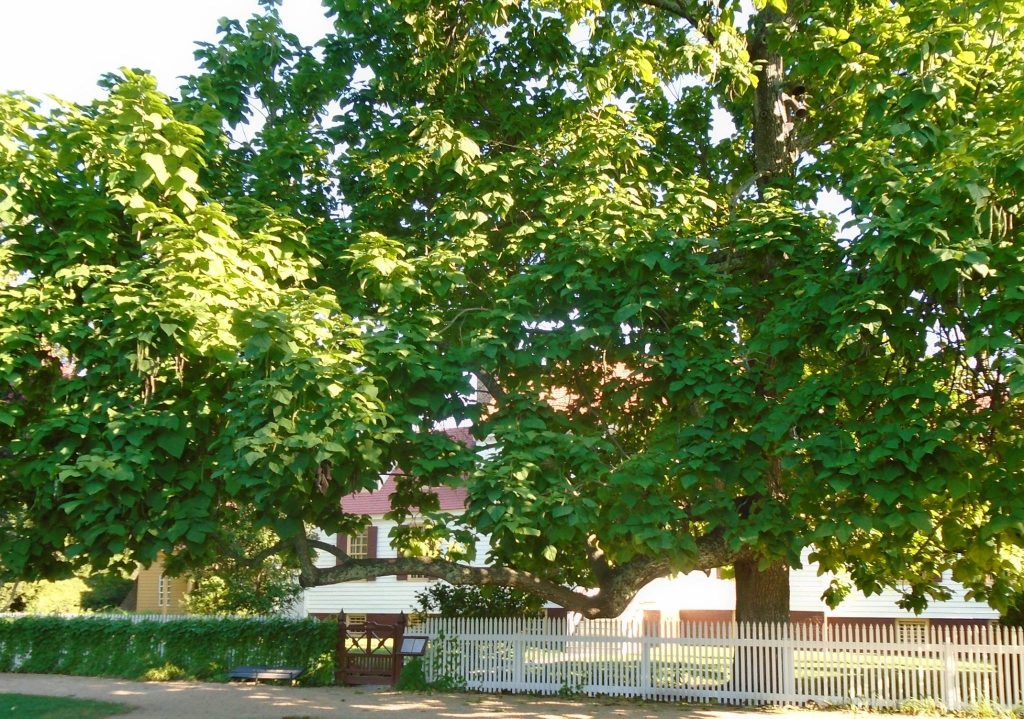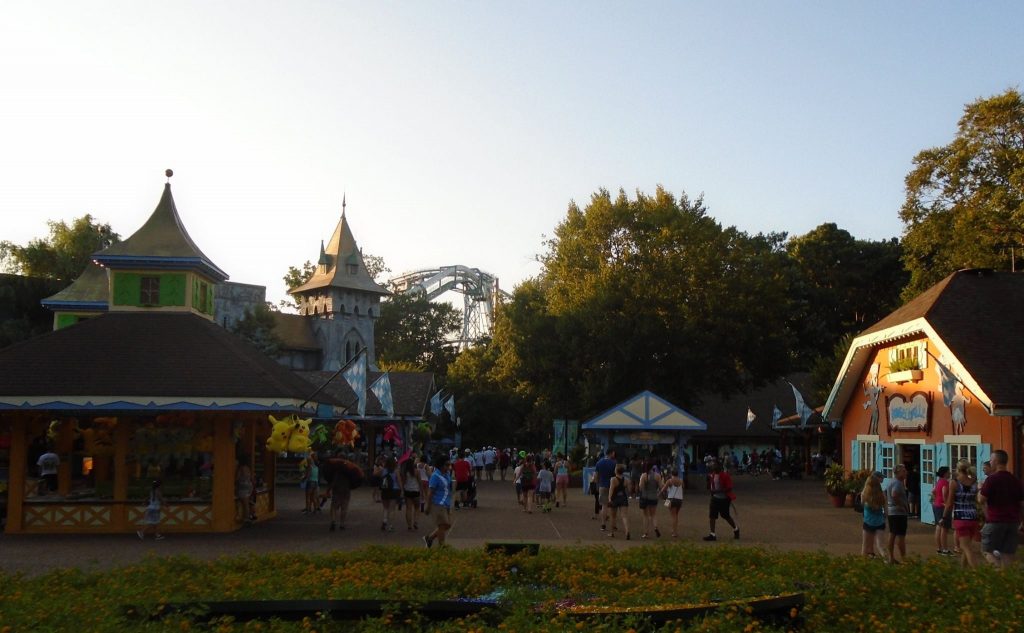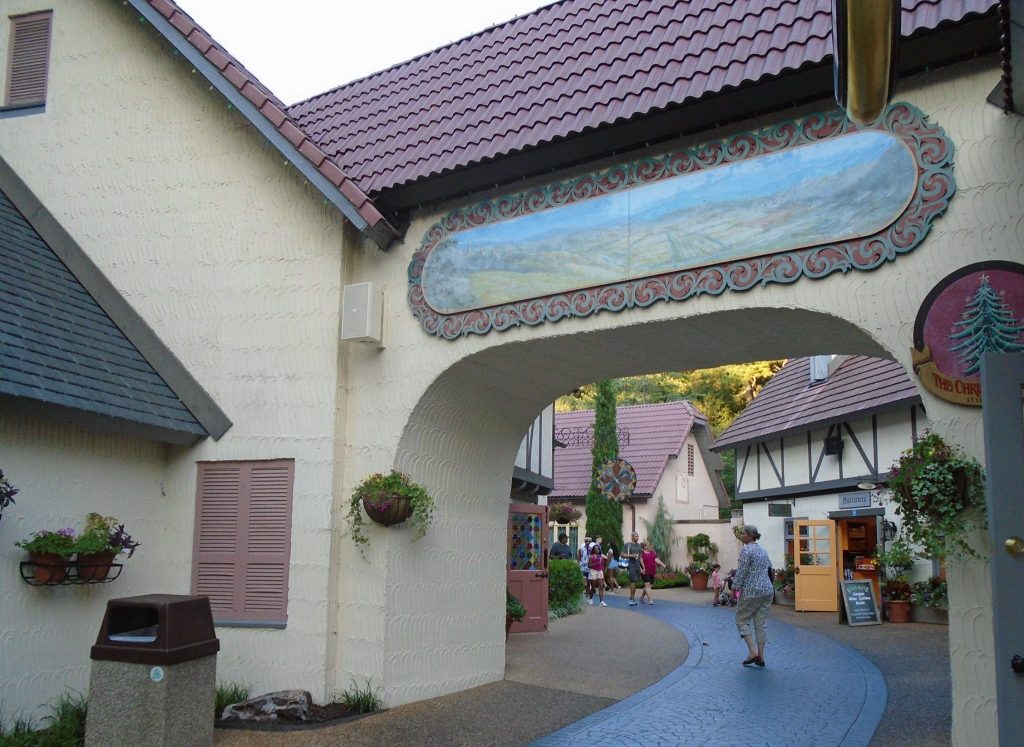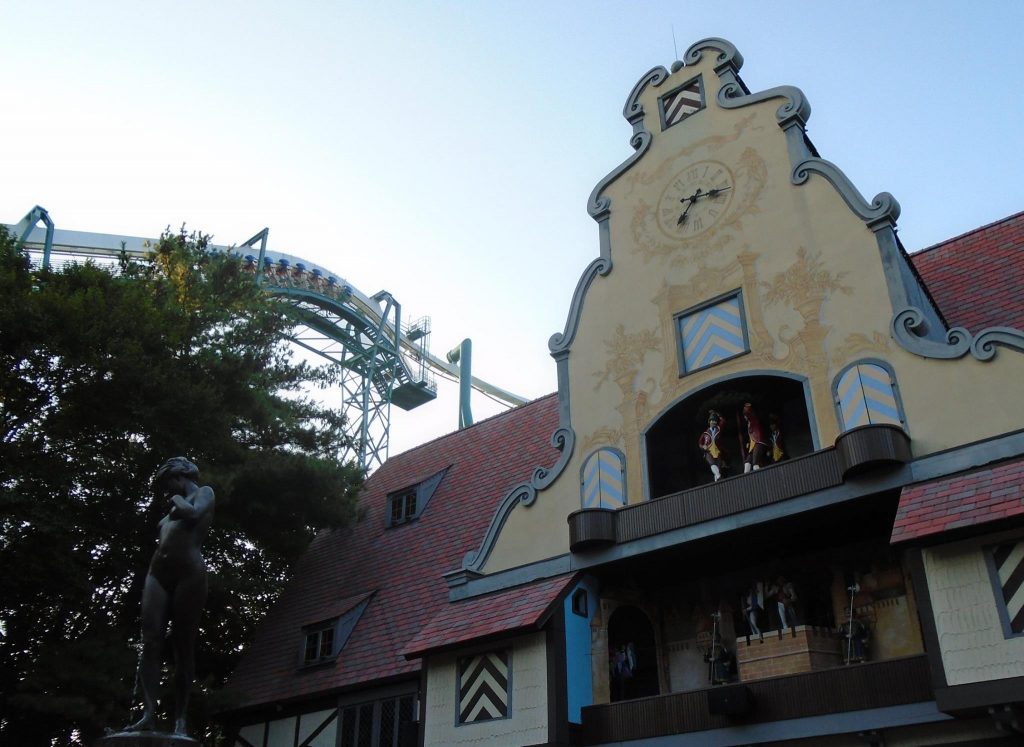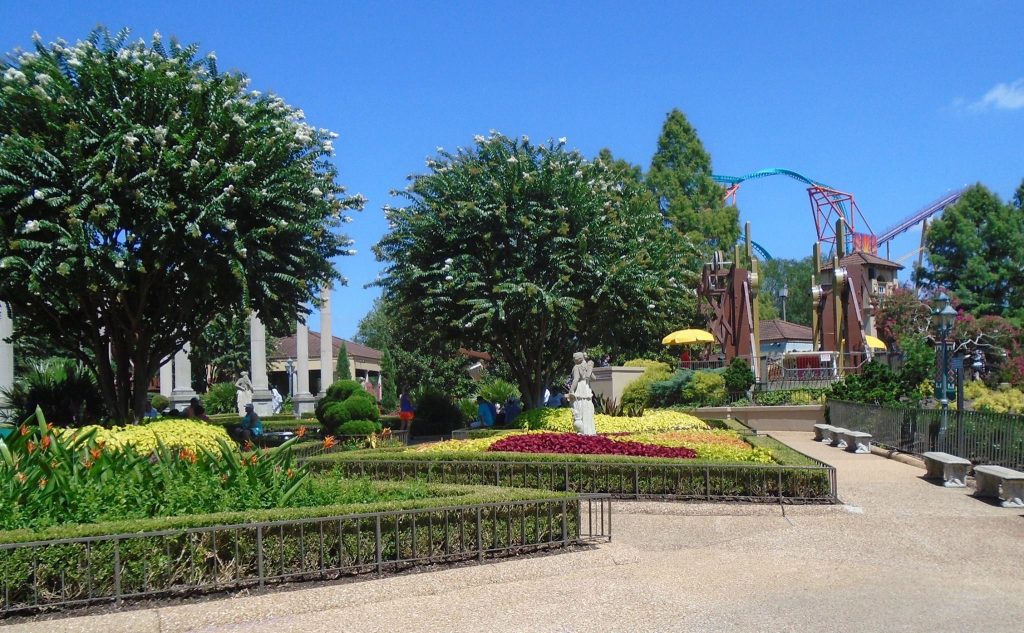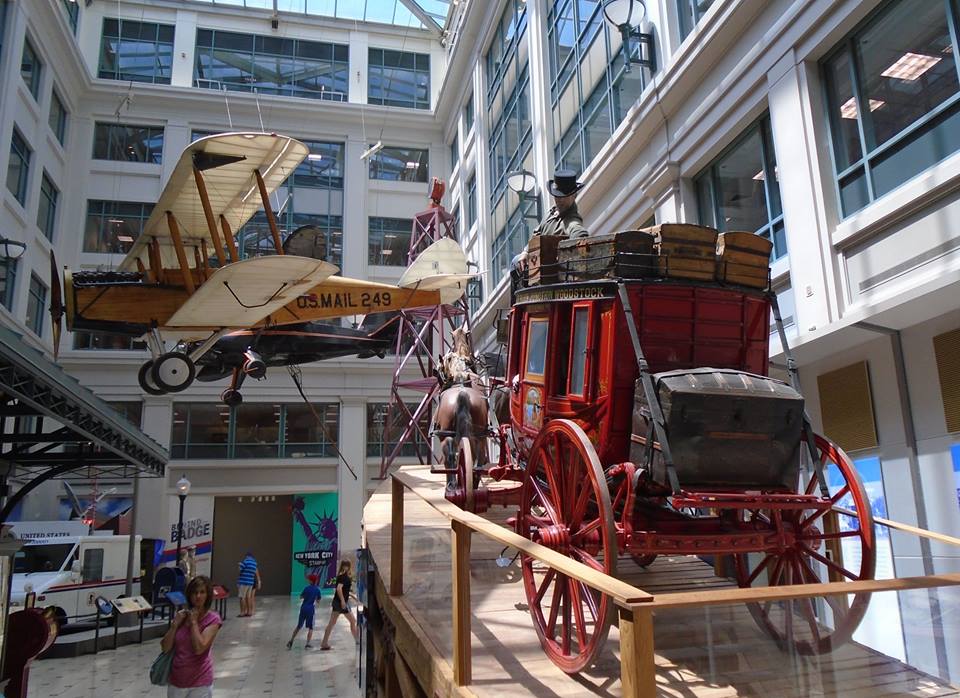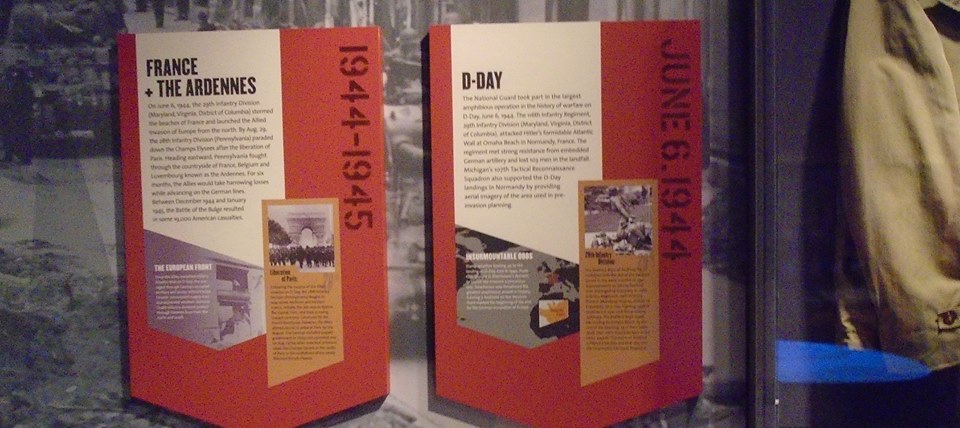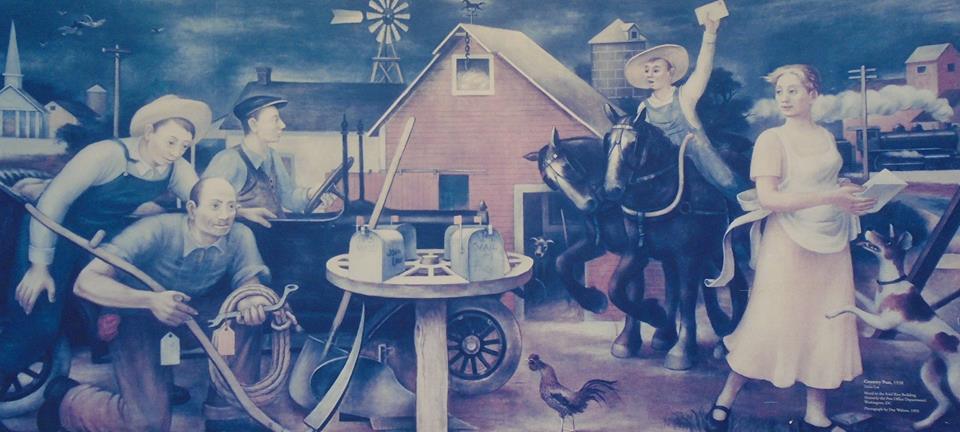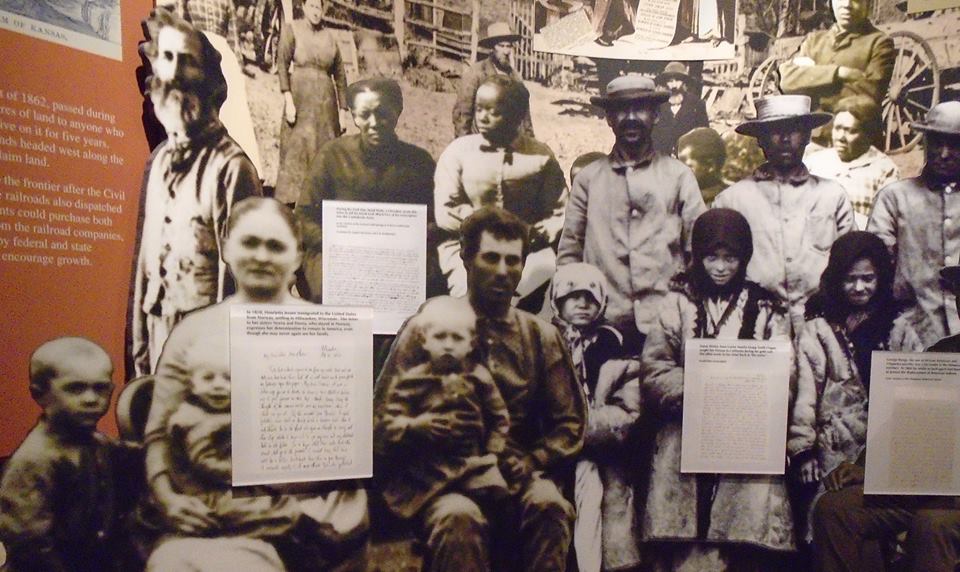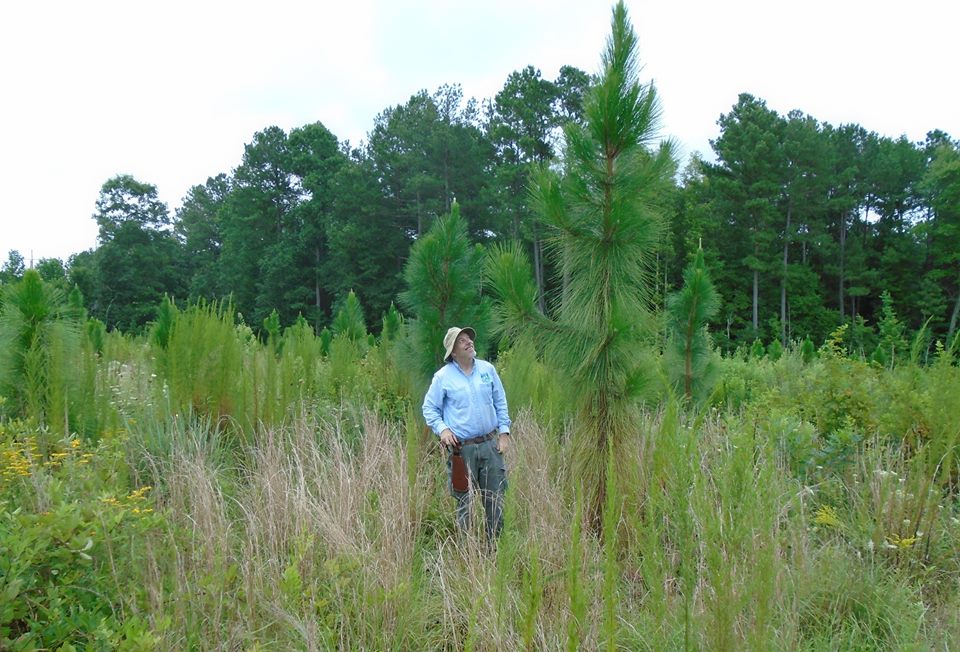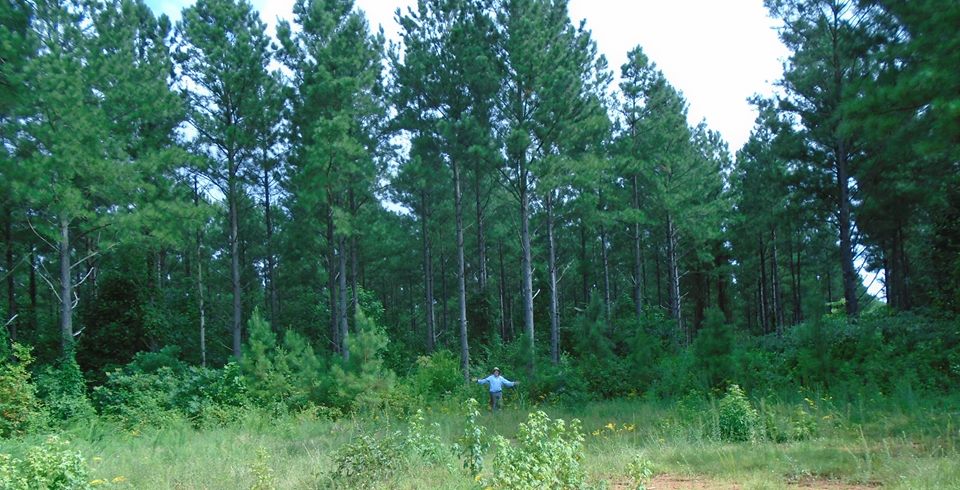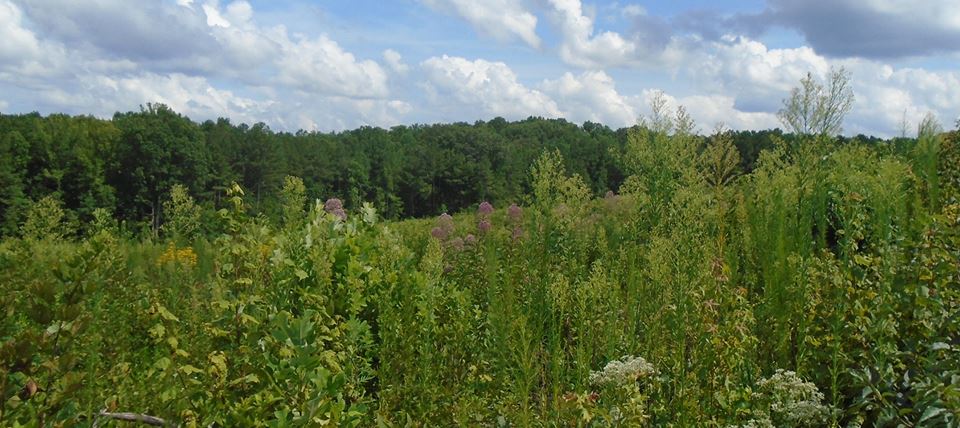Thoughts based on this article for New York Times – The Accidental Plagiarist in All of Us
I am proud to admit it. I never had an original idea. That is what education is all about. You tap into the great ideas others have expressed earlier or better.
This is an interesting article, but I think the premise is wrong. The author supposes you COULD have an original idea. You cannot. All new ideas are mixes of older ones. We call them new to the extent that the mix is different from ones we heard before.
Ideas are like viruses. They have no living existence outside their human hosts and each host has some variation of the symptoms depending on the host-idea-cultural interaction. They are always changing and developing.
It is a persistent and pernicious myth that creative people develop ideas by themselves. It is the old picture of wise individuals in quiet contemplation figuring things out. In reality, the most creative people are connected to others.They promiscuously appropriate the ideas around them and alter them to fit different circumstances and requirements. That is a big reason why it is so hard to determine who “invented” or “originated” a great idea.
So stealing, appropriating, plagiarizing ideas is unavoidable and often unconscious, as the article mentions. And it is usually good, should be encouraged. I understand that we have to parse the terms when money or credit is involved, but in all other cases we should just be proud that someone was able to use our raw materials to produce something beautiful and useful.
I recently read an essay about the ancient Greeks, possibly the most creative people ever. The essay’s author did not think so. He wrote that all the innovations credited to the Greeks had their roots elsewhere and he was probably correct, but he missed the point. The difference between the work of a master chef and a terrible cook is not the ingredients or even the recipes. It is in how they are put together. And yes, I am sure I have stolen that metaphor, but I don’t care. Creative people are smart enough to recognize and appropriate value.
The great thing about ideas is that they are not like physical goods. If you use my idea, I can still keep it too. Or to steal from Thomas Jefferson directly, “He who receives an idea from me, receives instruction himself without lessening mine; as he who lights his taper at mine, receives light without darkening me.”



